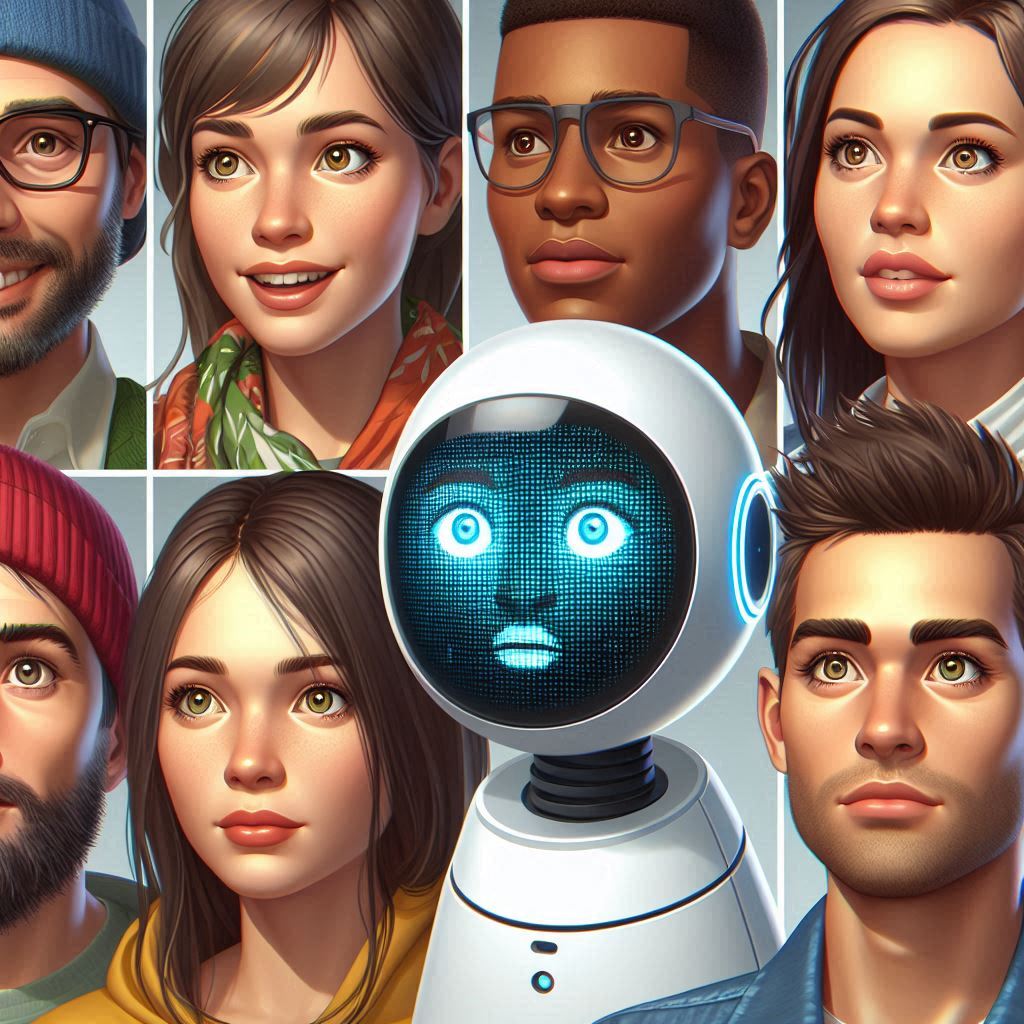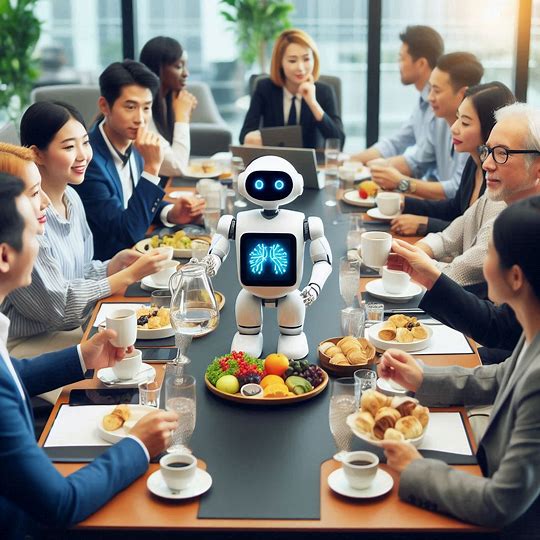Cybersecurity is a mounting global concern, costing economies and businesses hundreds of billions of dollars every year. The rapid advancement of artificial intelligence (AI) will dramatically change this landscape, presenting both opportunities and threats.
AI: A Double-Edged Sword
AI is increasingly being used to automate and enhance cyberattacks. AI-powered systems can identify software vulnerabilities, generate persuasive social engineering attacks, and potentially even carry out the entire attack process without human intervention. This lowers the cost and effort of large-scale, sophisticated attacks.
While AI holds the promise of better cyber defense, current cybersecurity practices make it unlikely that defensive AI capabilities will keep pace with the AI-powered threats. Many systems run on outdated software riddled with known vulnerabilities and are often misconfigured, providing readily exploitable openings.
The Critical Infrastructure Threat
The most concerning scenario is the use of AI to target critical infrastructure, such as power grids, communication systems, and water supplies. Large-scale cyberattacks on these essential systems could have severe consequences, potentially causing widespread disruption and societal harm.
While state-level actors have so far exercised some restraint in infrastructure attacks, AI could significantly empower non-state actors with fewer inhibitions about launching devastating attacks. This creates a precarious situation where relative security depends heavily on an unspoken agreement of deterrence that may not hold in the future.
Weaknesses in Current Security Practices
A fundamental problem is that despite decades of awareness, security is often not prioritized. Systems are left misconfigured, outdated software goes unpatched, and security flaws in software designs remain pervasive. As AI makes cyberattacks faster and more powerful, human-centered security practices will become overwhelmed.
The Path to Greater Security
To confront these challenges, there needs to be a fundamental shift in how we approach cybersecurity. Here’s what’s needed:
- Stronger Foundations: Employing secure coding practices and user-friendly technologies like passkeys can reduce vulnerabilities at their source. AI can help rewrite and update old software.
- Systematic Defense: Proactive vulnerability scanning by “good guys,” automatic dark web monitoring, and shifting security responsibilities to cloud and network providers can create multiple layers of defense.
- Timely Patching: Processes for design, distribution, and regulation of software need to be radically streamlined to enable rapid and reliable application of security patches.
- Safety Culture: A transparent reporting culture focused on learning from failures, similar to the aviation industry, must be fostered in cybersecurity. Rating agencies can be used to create social pressure on organizations to follow good practices.
- Responsible AI Development: Release of AI models with dangerous capabilities should be carefully controlled. Open communication between security practitioners and AI researchers is necessary to identify new risks and update defensive measures.
The Call for Action
AI will bring major cybersecurity challenges. To survive this wave, we need coordination between the technology industry and regulatory bodies. Security must be built into systems by design, with greater automation and systematic defenses that take the burden off individual users and operators. The development of advanced AI should serve as the much-needed wake-up call to revolutionize our approach to cybersecurity.
Read the full article HERE
HERE is another interesting blog post from The Missing Prompt





